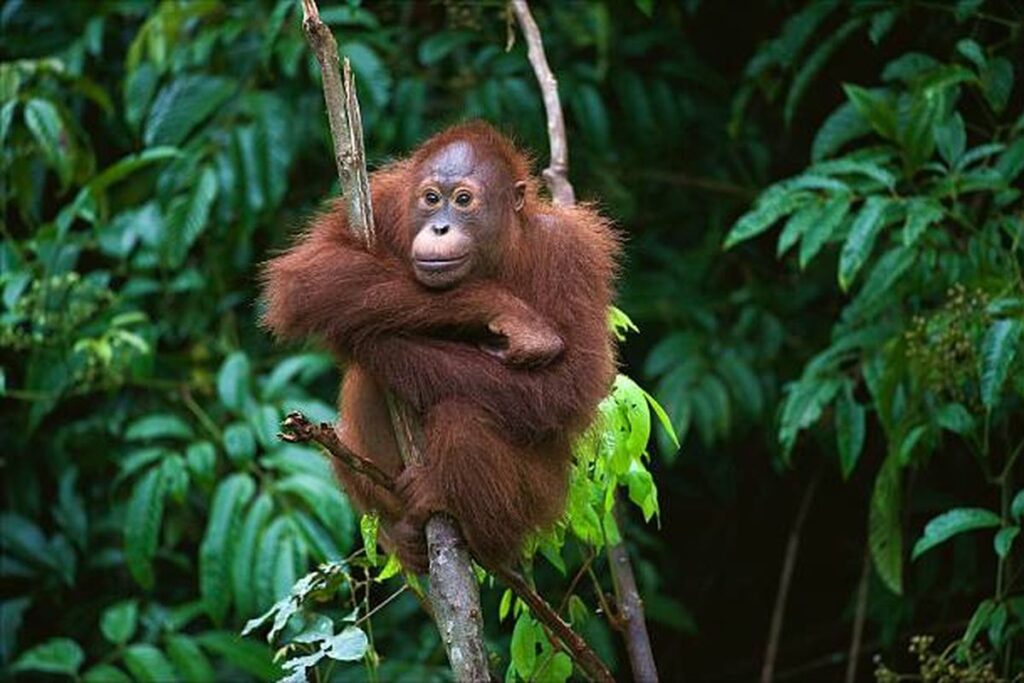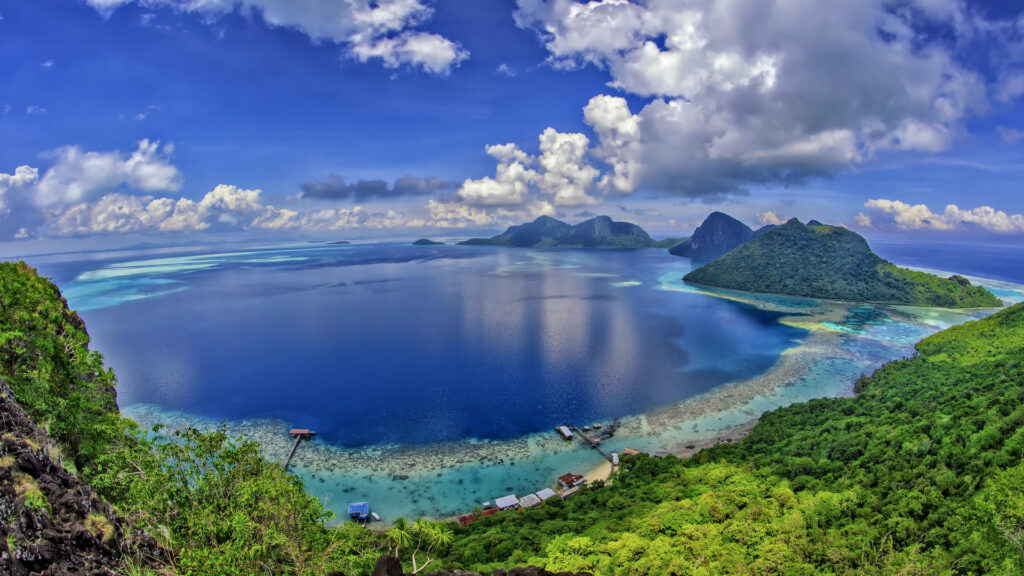


Borneo, the world's third-largest island, is a legendary land of ancient rainforests and rare wildlife. While much of its allure lies in its wild heart, the island's cities serve as fascinating gateways—blending colonial history, vibrant multi-ethnic culture, and immediate access to nature's greatest adventures.
Here, we explore three of Borneo's most prominent urban centers: Kuching and Kota Kinabalu in Malaysian Borneo, and Bandar Seri Begawan in Brunei.
Borneo is politically divided, and its major urban centers reflect the distinct governance and cultures of their respective nations: Malaysia (Sarawak and Sabah), Indonesia (Kalimantan), and Brunei Darussalam.
Kuching, the capital of Sarawak, is often celebrated as one of the most attractive cities in Southeast Asia. Nestled on the Sarawak River, it possesses a low-rise skyline, colonial-era architecture, and a strong mix of Malay, Chinese, and indigenous cultures, all contributing to a uniquely relaxed atmosphere.
Kota Kinabalu, the capital of Sabah, is a rapidly developing city on the island's northwest coast. Its geography is dramatic, with the South China Sea to the west and the towering Crocker Range and Mount Kinabalu to the east. It serves as a modern base for some of Borneo's most thrilling nature adventures.
Bandar Seri Begawan (BSB), the capital of the Sultanate of Brunei, is a small, quiet, and opulent city on the Brunei River. The atmosphere is distinctly different from its Malaysian counterparts, marked by its stunning mosques, royal palaces, and the traditional water village that sits right at its heart.
These cities are more than just transit hubs; they are destinations in their own right, each offering unique attractions:
The Waterfront and Old Town: Stroll along the scenic Sarawak River waterfront, admiring the Astana (former residence of the White Rajahs), Fort Margherita, and the new Darul Hana pedestrian bridge. The old town boasts fascinating colonial shophouses, markets, and the vibrant cultural mix of Chinatown.
The Cultural Heart: Experience the Sarawak Cultural Village, a living museum that showcases the traditional longhouses and lifestyles of the state's many indigenous ethnic groups, such as the Iban, Bidayuh, and Orang Ulu.
Proximity to Wildlife: Kuching is the ideal launchpad for short trips to Bako National Park (famous for proboscis monkeys and bearded pigs) and the Semenggoh Wildlife Centre, one of the best places to see semi-wild orangutans feeding.
Mount Kinabalu: The city's greatest backdrop is the majestic Mount Kinabalu, Southeast Asia's highest peak (4,095m). KK is the essential starting point for climbers and is the gateway to Kinabalu Park, a UNESCO World Heritage Site famed for its biodiversity.
Island Escapes: Just a 15-20 minute speedboat ride from the city is the Tunku Abdul Rahman Park, a cluster of five islands (including Gaya, Manukan, and Sapi) offering world-class snorkeling, diving, and pristine white-sand beaches.
Lively Atmosphere: Kota Kinabalu is known for its energetic night markets, a vibrant seafood scene, and spectacular sunset views over the South China Sea.
Islamic Grandeur: The city is home to some of Southeast Asia's most spectacular mosques, notably the Sultan Omar Ali Saifuddien Mosque, which features a magnificent gold dome and is surrounded by an artificial lagoon.
Kampong Ayer (Water Village): This is the city's living historical heart—a vast, 1,300-year-old traditional Malay village built entirely on stilts over the Brunei River. Visitors can take a water taxi to explore the houses, schools, and mosques of this unique floating community.
Tranquility and Safety: Unlike many bustling Southeast Asian capitals, BSB maintains a peaceful, laid-back feel. It's a low-key city that offers a safe and clean environment for travelers to explore a wealthy Islamic monarchy.

Borneo's cities offer a crucial balance to the island's famous rainforests and beaches, making them an essential part of the travel experience:
Ultimate Nature Gateways: The cities are exceptionally well-connected to their surrounding wilderness. From Kuching, you can visit orangutans and coastal parks in a day. From Kota Kinabalu, you can organize a hike up a mountain or be snorkeling on a coral reef within minutes of leaving your hotel. They provide the infrastructure (airports, hotels, tour operators) needed to access the remote interior.
Cultural Diversity and History: The cities are a melting pot of indigenous Dayak, Iban, Kadazan-Dusun, Malay, and Chinese cultures. Exploring their old towns, museums, and markets allows you to immerse yourself in the complex history of sultans, colonial 'White Rajahs,' and seafaring communities.
World-Class Food: The urban centres, particularly Kuching and Kota Kinabalu, are famous for their regional culinary specialties. Kuching is the place to try authentic Sarawak Laksa, while KK offers some of the freshest and cheapest seafood in the region.
Accessibility and Comfort: Malaysian Borneo's cities, in particular, are small, safe, and easily navigable, offering a comfortable and welcoming introduction to the island before venturing into the dense jungles and rivers.
In short, Borneo's cities are the perfect blend of civilization and wilderness—where you can enjoy a comforting local meal after a long day of jungle trekking, or learn about a thousand years of history before setting off to spot a wild proboscis monkey. They are the essential prologue to any great Borneo adventure.
Finding you the best Malaysian adventures for less. Explore islands and cities affordably.
Get in touch with our tour & trip accommodation provider.
Subscribe to our free newsletter and get 15% discount in your next booking.
We provide travel information and partner links only. All bookings and payments are handled by third-party providers. Prices, availability, and services are subject to change. Some links may earn us a commission at no extra cost to you.
